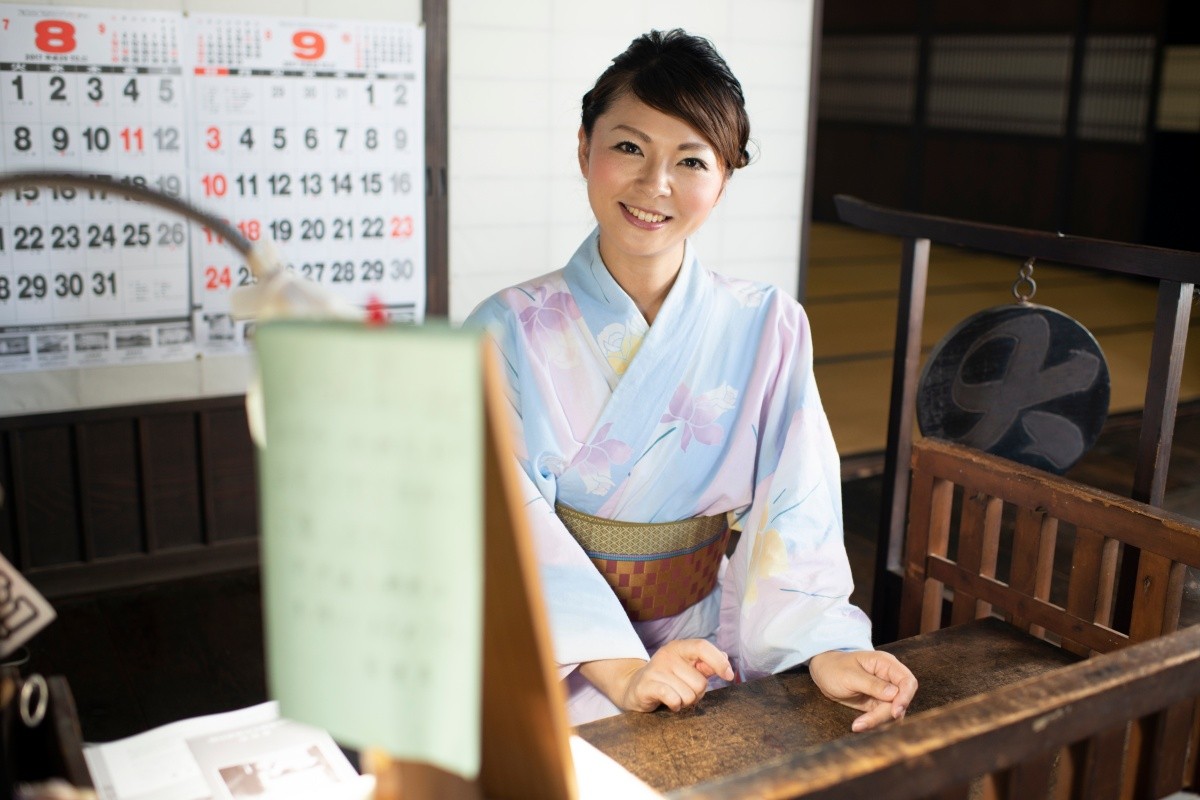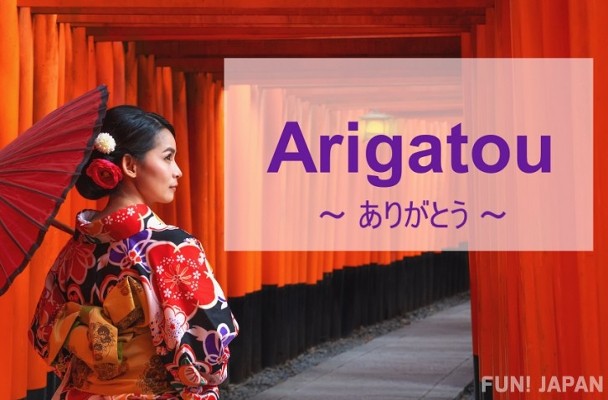
Do you know how to say "I’m home" in Japanese? Around the world, people use different expressions when they return home. In Japanese, the word is “Tadaima.” While it's typically used when coming home, it can also appear in other situations with slightly different meanings.
In this article, we'll explain what “Tadaima” means, how to use it properly, and in what kinds of situations it is used, along with example conversations and appropriate responses.
What is the meaning of "Tadaima" in Japanese?

“Tadaima” is a greeting used when returning from outside to a place where someone close is waiting, such as your home, workplace, or another familiar space. One common theory about its origin is that it comes from the phrase “只今帰りました(Tadaima kaerimashita),” which means “I’ve just come back.” The "只"(Tada) in "只今"(Tadaima) is a word that emphasizes "今"(Ima; which means "now") and expresses a point in the past that is very close to the present.
So, “Tadaima kaeri mashita” literally means “I’ve just come back.” Over time, people started shortening it to simply “Tadaima.”
In less common cases, “Tadaima” can also be used in other contexts. For example, a store clerk may say “Tadaima” to mean “I'll be there right away.” Understanding the multiple meanings of the word can help you avoid confusion in unfamiliar situations.
When do you use the word "Tadaima"?
"Tadaima" is used in a variety of scenes, but here are some of the most commonly used scenes.
When returning home

The most frequent use of the greeting “Tadaima” is when coming home from work or school. Typically, if you live with family, you say “Tadaima” to them upon arriving home. However, even people who live alone may say it out loud as if talking to themselves. It’s also common for pet owners to say “Tadaima” to their pets. In many cases, saying “Tadaima” when arriving home serves as an important way to initiate communication with family or pets.
When returning to the office from an outside appointment

In Japanese workplaces, it is customary to greet colleagues with “Tadaima modorimashita” (which means “I’ve just returned”) upon coming back from an outside meeting or errand. This greeting not only lets others know that you have returned safely but also serves as a polite gesture toward your coworkers. In response, coworkers typically say “Okaerinasai” (welcome back) or “Otsukaresama desu” (thank you for your hard work).
These kinds of greetings help promote smooth communication and foster a sense of unity in the workplace. In Japanese work culture, it is important to inform others of your movements so everyone can stay aware of each other’s status.
When returning to a hotel or ryokan while traveling

When you return to your hotel or ryokan from being out, saying “Tadaima modorimashita” will often be met with a warm “Okaerinasaimase” (the polite form of “welcome back”) from the staff. In some hotels or inns, the staff remember guests' faces and may greet them with “Okaerinasaimase” even before the guest says anything.
While simply giving your room number is sufficient upon returning to a lodging, this exchange of greetings is a reflection of Japan’s hospitality culture. It’s a charming and uniquely Japanese custom, so be sure to try it out.
In addition to the frequently used scenes, "Tadaima" is also used in the following scenes.
- When returning from a long trip or business trip and meeting friends or acquaintances after a while
- When reassigned to a department you had previously transferred away from
- When returning to school or work after a long absence due to injury, illness, or other reasons
How is “Tadaima” written in Hiragana?
“Tadaima” is a Japanese greeting used when returning from being out, and it is written in hiragana as "ただいま". It comes from the phrase “ただ今,” which means “just now” or “right this moment.” In Japan, it's commonly used at home, in the workplace, or at inns. The typical response to “Tadaima” is “おかえりなさい” (Welcome back). This exchange reflects the importance placed on courtesy and human connection in Japanese culture.
How is “Tadaima” written in Kanji?
“Tadaima” can also be written in kanji as "只今". The character "只" means “just” or “exactly,” and when combined with "今" (now), it conveys the nuance of “right now.” However, in everyday conversation, it’s usually written in hiragana. It’s especially common as a greeting in homes and workplaces, where it is typically met with "おかえりなさい"(Okaeri nasai). This phrase conveys the relief of someone’s safe return and the thoughtfulness that characterizes Japanese culture. Give it a try!
How to respond to “Tadaima”

The most common response to “Tadaima” is "おかえりなさい"(Okaeri nasai), which means “Welcome back” and is often used at home, in the workplace, or at inns. In more casual settings, it can be shortened to "おかえり"(Okaeri).
In the workplace, it’s also common to respond with "お疲れさまです"(Otsukare sama desu) to acknowledge the other person’s efforts while they were out. These greetings reflect the warmth and politeness of Japanese interpersonal relationships.
Other ways to say “Tadaima”
“Tadaima” is a greeting used when returning from outside, but there are alternative expressions depending on the situation. For example, in a business setting, you can say "ただいま戻りました"(Tadaima modori mashita) or "ただいま帰社しました" (Tadaima kisha shimashita) which sound more formal.
Among close friends or family, a more casual expression like "戻ったよ"(Modotta yo) may be used. As you can see, it’s important to choose the appropriate expression based on your relationship with the person and the context. Using the right phrase helps ensure smooth and natural communication. If you visit Japan, be sure to give it a try!
Nonverbal ways to express “Tadaima”
Although “Tadaima” is usually spoken, there are non-verbal ways to communicate your return as well. For example, if someone is on the phone or the office has visitors, you might simply bow slightly instead of speaking. At home, a small wave or a nod might be enough in similar situations. It’s important to choose the right greeting style depending on the context.
Are there dialect variations of “Tadaima”?
Today, “Tadaima” is widely used across most regions of Japan. However, in some areas, different expressions rooted in local dialects are used. Here are a few examples.
- Nagano, Shizuoka, Aichi Prefectures: いってきました/Ittekimashita
- Mie Prefecture: かえった/Kaetta
- Shimane, Okayama Prefectures: かえりました/Kaerimashita
- Kagoshima Prefecture: いまじゃった/Imajatta
- Okinawa Prefecture: ちゃーびたん/Chabitan
Example conversations using “Tadaima”
1. Conversations when returning home
A: ただいま!/Tadaima! ( I'm home!)
B: おかえり!今日の仕事どうだった?/Okaeri! Kyou no Shigoto Doudatta? (Welcome back! How was work today?)
A: ちょっと忙しかったけど、無事終わったよ。/Chotto Isogashikatta kedo Buji Owattayo (It was a bit busy, but I got everything done without any problems.)
B: お疲れさま!ご飯もうすぐできるよ。/Otsukaresama! Gohan Mousugu Dekiruyo (Good job! Dinner will be ready soon.)
2. Conversations when you return to the office
A: ただいま戻りました。/Tadaima Modorimashita (I’ve just returned.)
B: おかえりなさい。商談はうまくいきました?/Okaerinasai Shodan wa Umaku Ikimashita? (Welcome back. Did the business meeting go well?)
A: はい、無事に契約できました。詳細は後で報告します。/Hai Buji ni Keiyaku Dekimashita Shousai wa Atode Houoku Shimasu (Yes, we were able to sign the contract successfully. I’ll report the details later.)
B: お疲れさまでした。頑張ったかいがあったね。/Otsukaresama deshita Ganbatta kaiga Attane (Great work. Your efforts really paid off.)
3. Conversations at the hotel during the trip
A (Guest): ただいま戻りました。/Tadaima Modori mashita (I’ve just returned.)
B (Front Desk): おかえりなさいませ。本日は観光を楽しまれましたか?/Okaeri nasaimase Honjitsu wa Kankou wo Tanoshimare mashitaka? (Welcome back. Did you enjoy sightseeing today?)
A: はい、とても楽しかったです!少し休んでから温泉に行こうと思います。/Hai Totemo Tanoshikattadesu! Sukoshi Yasundekara Onsen ni Ikouto Omoimasu (Yes, it was a lot of fun! I’m thinking of resting a bit before heading to the hot spring.)
B: それはいいですね。温泉は24時までご利用いただけますので、ごゆっくりお過ごしください。/Sorewa Iidesune. Onsen wa 24jimade Goriyou Itadakemasunode Goyukkuri Osugoshi Kudasai (That sounds wonderful. The hot spring is available until midnight, so please take your time and enjoy.)




Comments